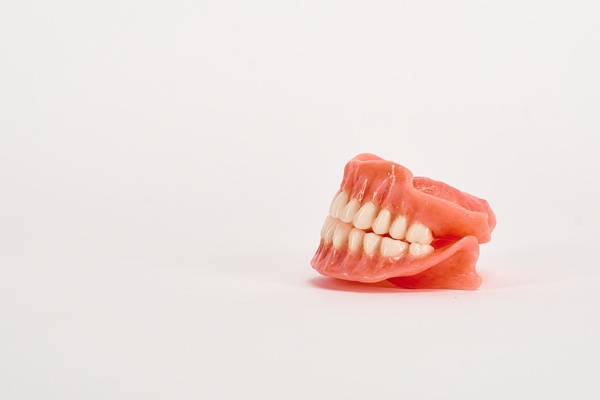Benefits of Tooth Restoration with Dental Bonding

For those with damaged, stained, or unsightly teeth, dental bonding can help create a more beautiful and natural-looking smile. While the procedure can be used for cosmetic purposes, it may also play an important role in maintaining and improving overall oral health. There are numerous reasons to consider this type of dental work when a tooth restoration is needed.
Improving teeth with dental bonding
While many people can enjoy the benefits of this treatment, a dentist must first evaluate the patient's current dental health and long-term needs. Alternatives are available for more severe issues.
Conditions for treatment
Dental bonding can be used to treat severe stains and discoloration. It is also used to repair teeth with minor chips and cracks. Patients who have abnormally small or irregularly shaped teeth can utilize this procedure to improve their smile. It can even reduce or eliminate large gaps between teeth, and the process is useful for treating cavities.
In general, patients should have good oral health before undergoing this type of restorative procedure. If tooth damage is due to excessive decay or severe gum disease, dental bonding will not provide a long-term solution to the problem. In these situations, other measures may be necessary to protect oral health. Some common options include:
- Crowns
- Bridges
- Implants
- Veneers
- Partial or full dentures
- Periodontal surgery or laser treatment
Due to the nature of the materials and the application process, dental bonding is not designed to withstand the excessive force placed on teeth toward the back of the mouth.
Benefits of the bonding process
Unlike other more invasive treatments, dental bonding is a quick, simple, and often painless procedure for many patients. While the surface of the tooth does have to be prepped for application, the enamel does not need to be ground down or removed, allowing the natural tooth to retain its shape. Because no components must be crafted to fit the patient's mouth, impressions, molds, or high-definition scans are not required. In addition, the procedure is usually completed in just one office visit. Recovery is minimal, with most patients returning to normal routines immediately after treatment.
Understanding the treatment process
First, a dentist will address any decay surrounding the treatment area. Next, the surface of the tooth is given a rough texture to help ensure a strong, tight hold. A liquid is then applied, followed by the tooth-colored resin. The dentist molds and forms this resin over the natural tooth until the desired contour is achieved. The resin is set with a blue light or laser, then shaped and polished for the final look. The material can be chipped with excessive force, so patients are encouraged to avoid habits that can damage the resin, including chewing on fingernails, ice, or other foreign objects.
Conclusion
Dental bonding is an effective and minimally invasive option for tooth restoration. It can be used to treat a variety of dental issues, providing both cosmetic improvements and necessary tooth repair. Due to the simplicity of the procedure, it offers many benefits for patients looking for a more beautiful smile.
Request an appointment here: https://www.northside-dentalcare.com or call Northside Dental Care, PC at (978) 206-7077 for an appointment in our Peabody office.
Check out what others are saying about our services on Yelp: Read our Yelp reviews.
Recent Posts
Missing one tooth or multiple teeth can make it harder to perform everyday functions. It can also make you feel self-conscious about smiling. Dental implants not only restore the function and appearance of your smile, but they also help restore your everyday oral health.Dental implants are artificial tooth roots surgically placed in a person's jawbone.…
Wear and tear make denture repair inevitable in the long run. This is why a general dentistry practice that deals with dentures should have in-house facilities for minor and moderate repairs. The practice should also have quick access to a dental lab in case a patient needs major repairs for their dentures. Knowing when to…
Dental implants can replace missing teeth using a combination of screwlike metal posts and dental crowns, bridges, or dentures. Many consider implants state-of-the-art teeth replacement. Though dental implants can be an effective way to restore your smile, it is important to ensure they are right for you and understand how they work.Dental implants can support…
For many individuals with missing teeth, dental implants are an effective way to restore the appearance and function of their smile. However, like any medical procedure, there are potential risks and complications associated with getting dental implants. While these risks are relatively rare, it is important for patients to be aware of them before undergoing…


